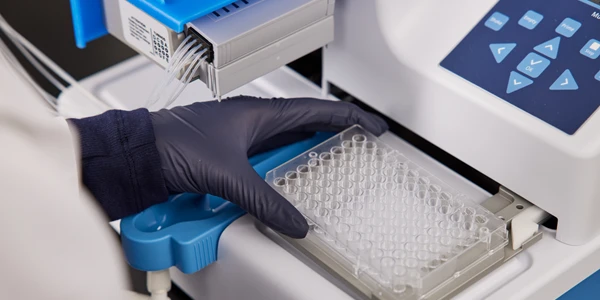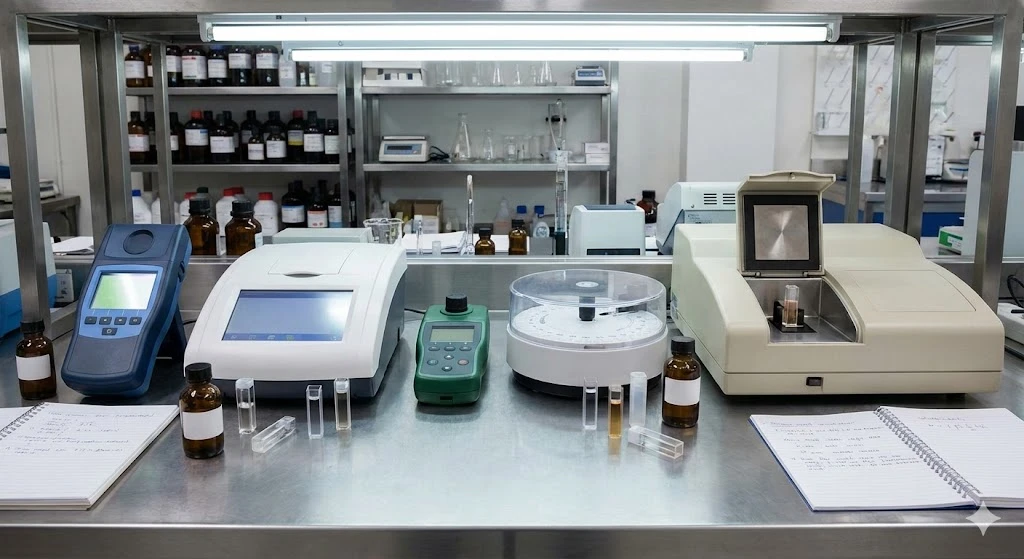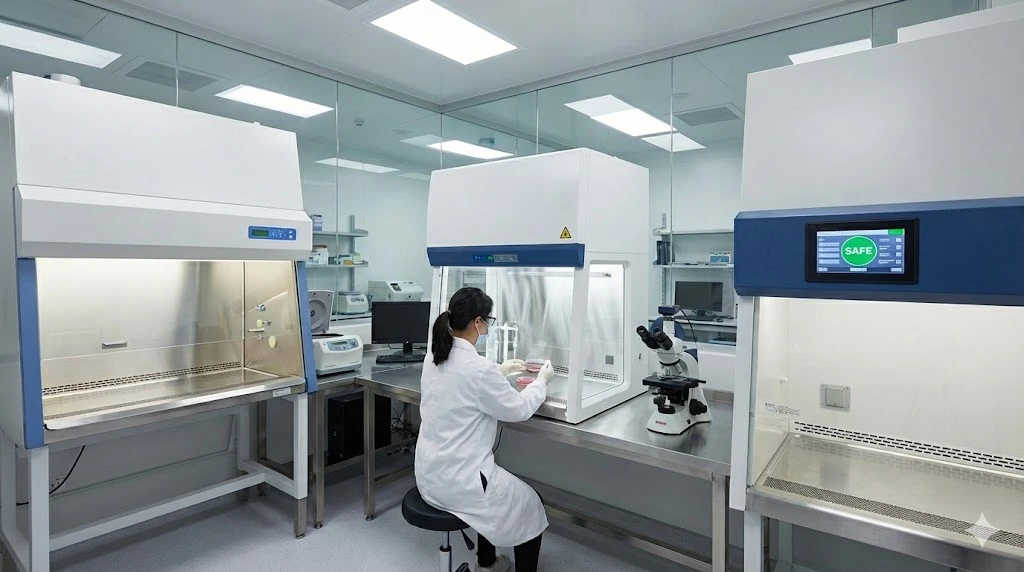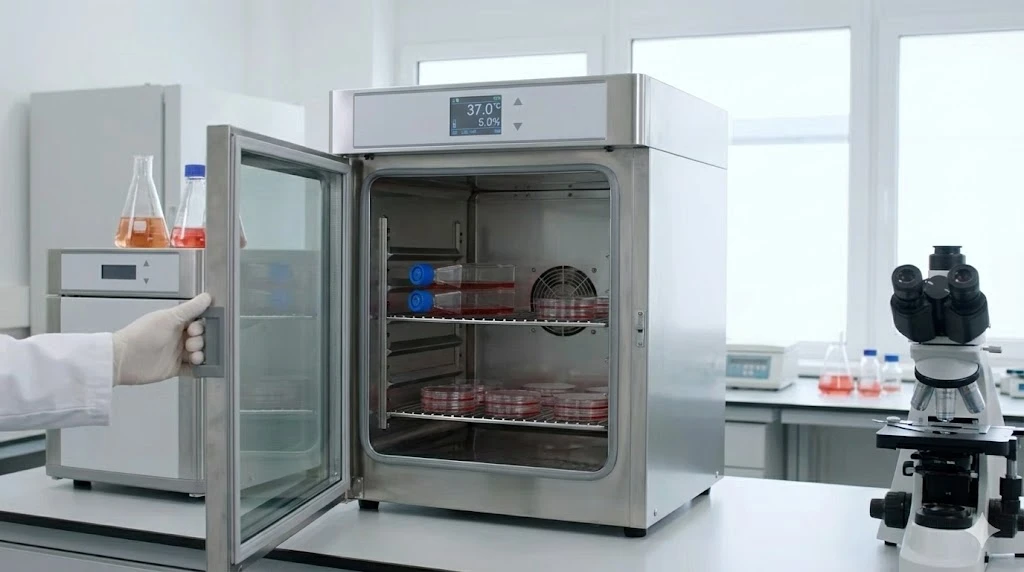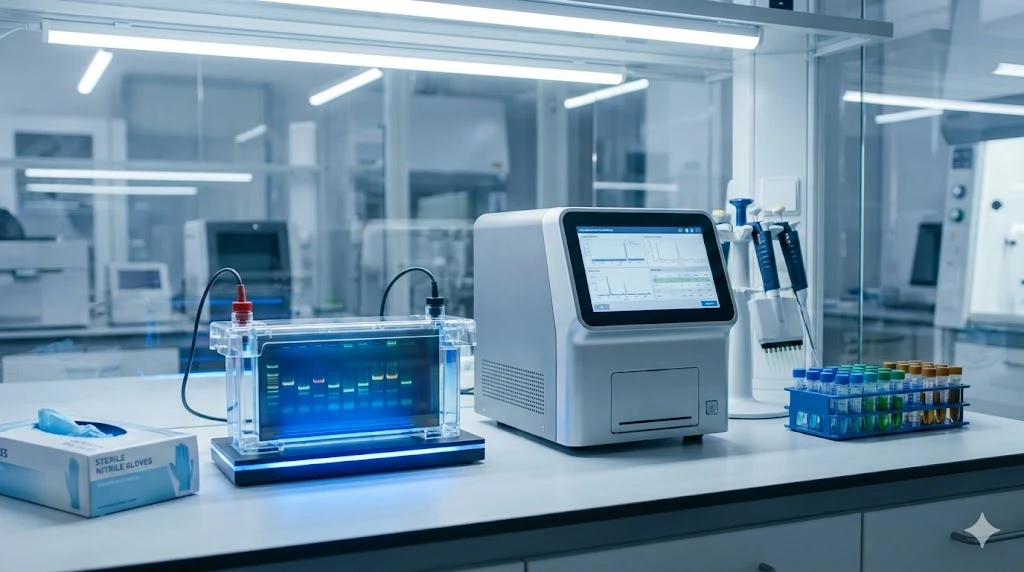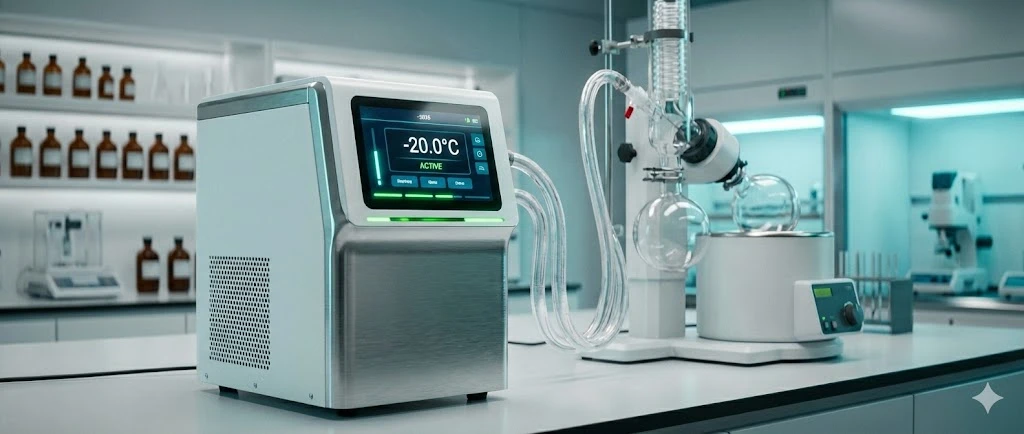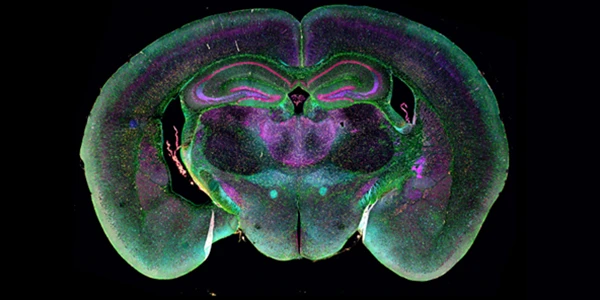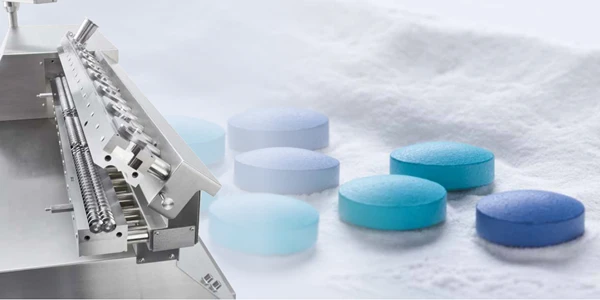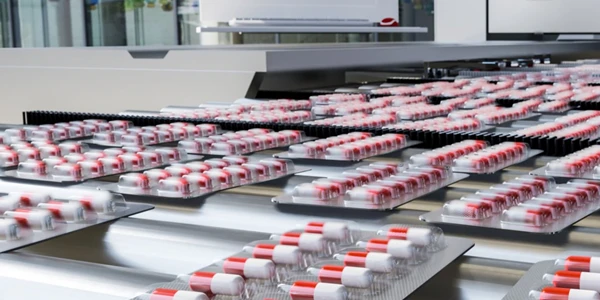Battery Analysis: Peering Inside Batteries for Material Characterization

The relentless drive towards a sustainable future hinges significantly on advancements in energy storage, particularly battery technology. From electric vehicles to grid-scale storage, the performance, safety, and longevity of Li-ion battery systems are paramount. But what truly dictates these crucial factors? The materials. Understanding the intricate composition, structure, and purity of battery components and other renewable energy materials is not just beneficial; it's absolutely essential. This deep dive into the microscopic world of battery materials, often referred to as battery analysis or material characterization, is made possible by sophisticated analytical instruments that act as our eyes, revealing secrets hidden within.
Unveiling Secrets with Advanced Analytical Equipment for Battery Analysis
To truly optimize battery performance, enhance safety, and ensure stringent quality control throughout the entire manufacturing process, scientists and engineers rely on a sophisticated suite of cutting-edge analytical techniques. Each instrument offers a unique and invaluable perspective, collectively contributing to a comprehensive and holistic understanding of the complex materials at play within batteries and other renewable energy systems. This meticulous material characterization is fundamental for both fundamental research and industrial application, driving innovation and reliability in energy storage solutions.
Mass Spectrometers: The Molecular Detectives for Battery Analysis
Imagine a Li-ion battery undergoing operation – subtle changes occur, gases might evolve, and degradation products can form. This is where Mass Spectrometers shine, providing critical insights for battery analysis. These powerful instruments are adept at identifying and quantifying molecules by measuring their mass-to-charge ratio.
Electrolyte Analysis: Mass spectrometry is invaluable for characterizing the precise composition of electrolytes, the crucial medium through which ions travel. Any deviations from the intended formulation can significantly impact battery performance.
Off-Gassing Detection: During cycling or under stress, batteries can release gases. Mass spectrometers can detect and identify these trace gases, providing critical insights into potential safety issues or unwanted side reactions, a key aspect of battery analysis.
Degradation Product Identification: As batteries age, materials degrade. Mass spectrometry helps pinpoint the chemical nature of these degradation products, allowing researchers to understand failure mechanisms and design more robust battery materials.
X-Ray Analytical Techniques: Illuminating Structure and Composition in Battery Analysis
X-rays, with their short wavelengths and high energy, provide a powerful and non-destructive way to probe the atomic and elemental makeup of materials without altering the sample. When X-rays interact with a material, they can be diffracted by crystalline structures or cause atoms to emit characteristic secondary X-rays. These interactions provide a wealth of information about the material's internal arrangement and elemental composition, crucial for comprehensive battery analysis. For battery material characterization, two primary techniques stand out due to their distinct capabilities:
X-Ray Diffraction (XRD): For electrode materials, their crystalline structure is key to how ions intercalate and deintercalate. XRD provides a unique "fingerprint" of the material's crystal lattice, revealing vital information for battery analysis:
Phase identification (e.g., distinguishing different lithium-ion cathode materials).
Crystallinity and crystallite size.
Lattice parameters and structural changes during cycling (material transformations).
Presence of impurities or unwanted phases.
X-Ray Fluorescence (XRF): When it comes to elemental composition, XRF is an indispensable tool in battery analysis. It's used to:
Determine the elemental composition of raw materials, ensuring they meet purity specifications.
Analyze finished battery components to verify the correct ratios of active materials and additives.
Identify and quantify trace contaminants that could negatively impact battery performance.
Elemental Analyzers: Precision in Quantification for Battery Analysis
While XRF provides a rapid, often qualitative or semi-quantitative overview of the elemental composition across a sample, Elemental Analyzers offer a more precise and absolute quantification of specific elements, particularly crucial for determining exact stoichiometric ratios and for analyzing lighter elements that XRF may struggle with. These specialized instruments, such as CHNS/O analyzers (which precisely quantify Carbon, Hydrogen, Nitrogen, Sulfur, and Oxygen by combusting the sample and measuring the resulting gases) or Inductively Coupled Plasma - Optical Emission Spectrometry (ICP-OES) (which atomizes a sample in a plasma and measures the light emitted by excited atoms to determine elemental concentrations), provide the high accuracy needed for critical material development and quality control in battery analysis.
Precise Quantification: These instruments are crucial for accurately determining the percentage of key elements (e.g., carbon, hydrogen, nitrogen, sulfur, oxygen, or various metals) in new battery materials, ensuring stoichiometry and purity.
Contaminant Identification: They can detect and quantify even minute amounts of contaminants that could compromise battery integrity or performance, aiding in stringent quality control as part of comprehensive battery analysis.
Moisture Analyzers: The Dry Truth in Battery Manufacturing
Moisture, even in trace amounts, can be a battery's worst enemy, especially for lithium-ion chemistries. Moisture Analyzers are therefore critical in battery manufacturing and material handling, forming an essential part of battery analysis protocols.
Electrolyte Purity: Water reacts with many electrolyte components, leading to gas evolution and degradation. Moisture analyzers ensure the ultra-low water content required for high-performance electrolytes.
Electrode Drying: Electrode slurries must be thoroughly dried before cell assembly. Precise moisture analysis ensures that residual water is removed, preventing side reactions and improving cell stability, a critical step in battery quality control.
Preventing Contamination: Monitoring moisture levels in manufacturing environments and during material storage is vital to prevent contamination that can lead to reduced capacity, increased impedance, and safety hazards in battery systems.
The Broad Relevance: From R&D to Quality Control in Battery Analysis
The application of these advanced analytical techniques extends across the entire battery lifecycle, from initial research and development to final product quality assurance:
Quality Control of Raw Materials: Ensuring the purity and correct composition of precursor materials is the first step to a high-quality battery.
Understanding Material Transformations During Cycling: Observing how battery materials change at a molecular and structural level during charge and discharge cycles provides invaluable data for improving material design and stability, a core aspect of battery analysis.
Identifying Impurities: Detecting and quantifying unwanted substances, even in trace amounts, is critical for preventing performance degradation and safety incidents in Li-ion battery and other battery systems.
Optimizing Synthesis Processes: Analytical feedback allows researchers to fine-tune material synthesis routes, leading to improved material properties and cost-effectiveness in battery component production.
Conclusion: Powering Progress Through Precision Battery Analysis
The journey towards more efficient, safer, and longer-lasting batteries is an intricate one, deeply reliant on a profound understanding of the materials involved. Advanced analytical techniques like mass spectrometry, X-ray analysis (XRD, XRF), elemental analysis, and moisture analysis are not just tools; they are the indispensable eyes that allow us to peer inside the battery, revealing its hidden complexities. By providing unprecedented insights into composition, structure, and purity, these techniques are empowering scientists and engineers to innovate, optimize, and ultimately, power the future of renewable energy through meticulous battery analysis.
